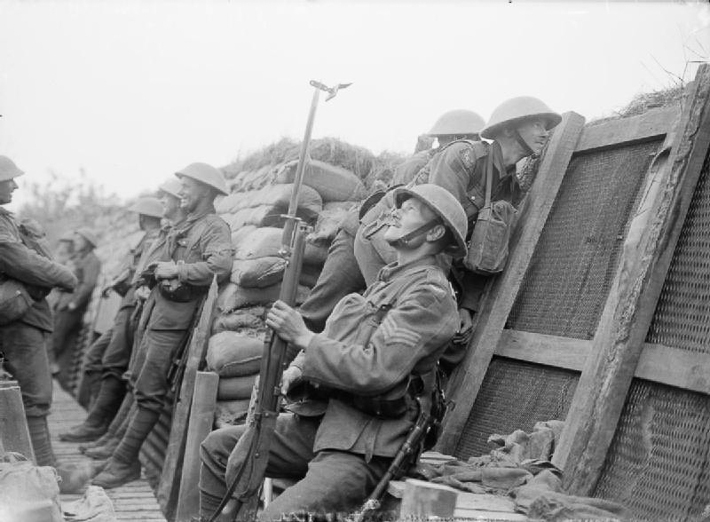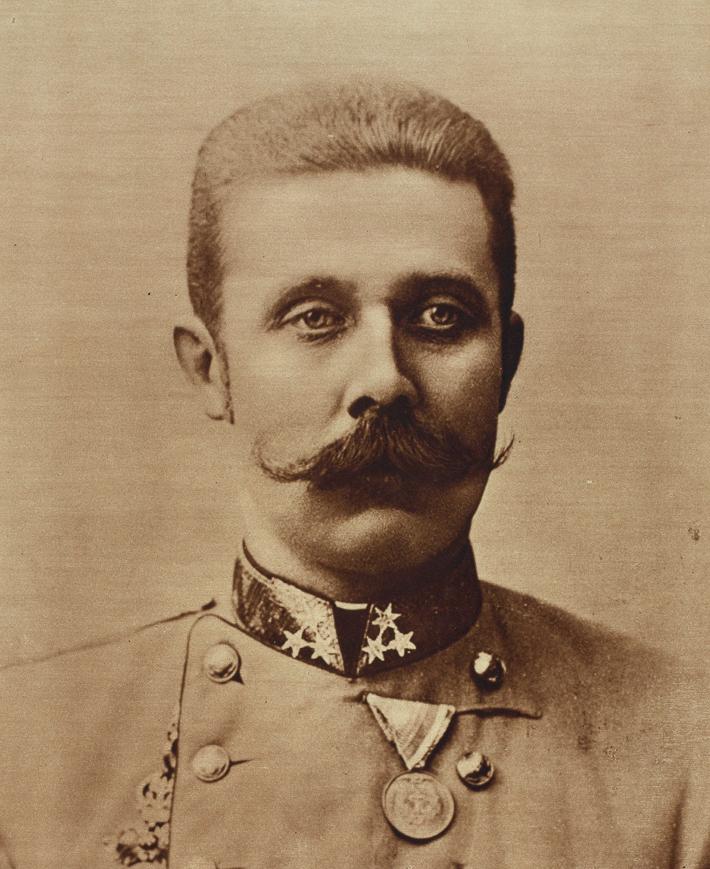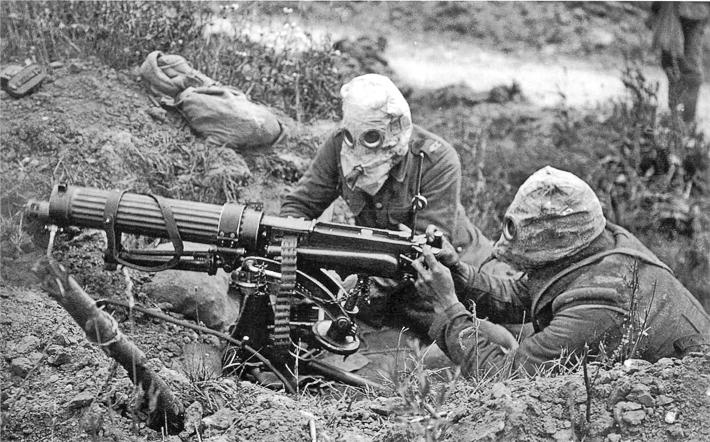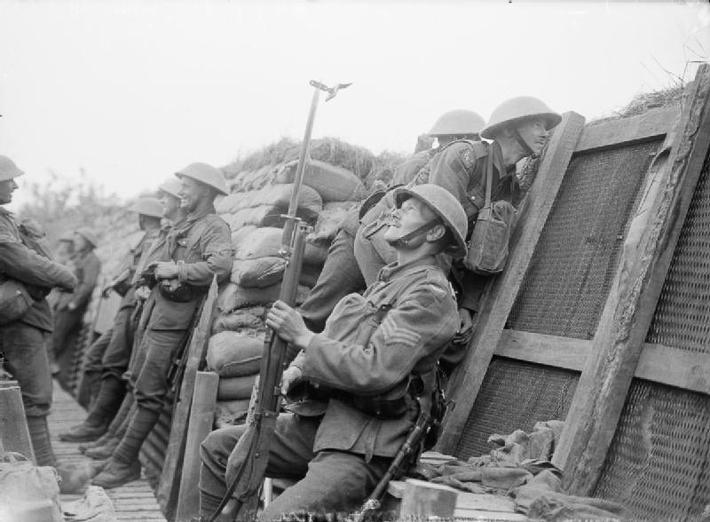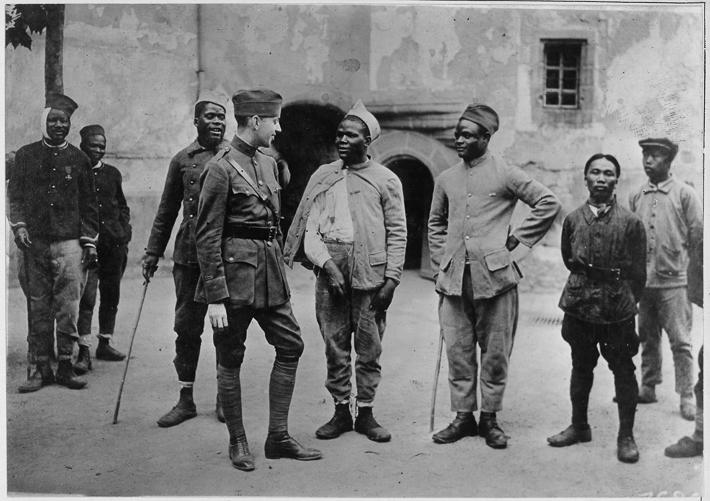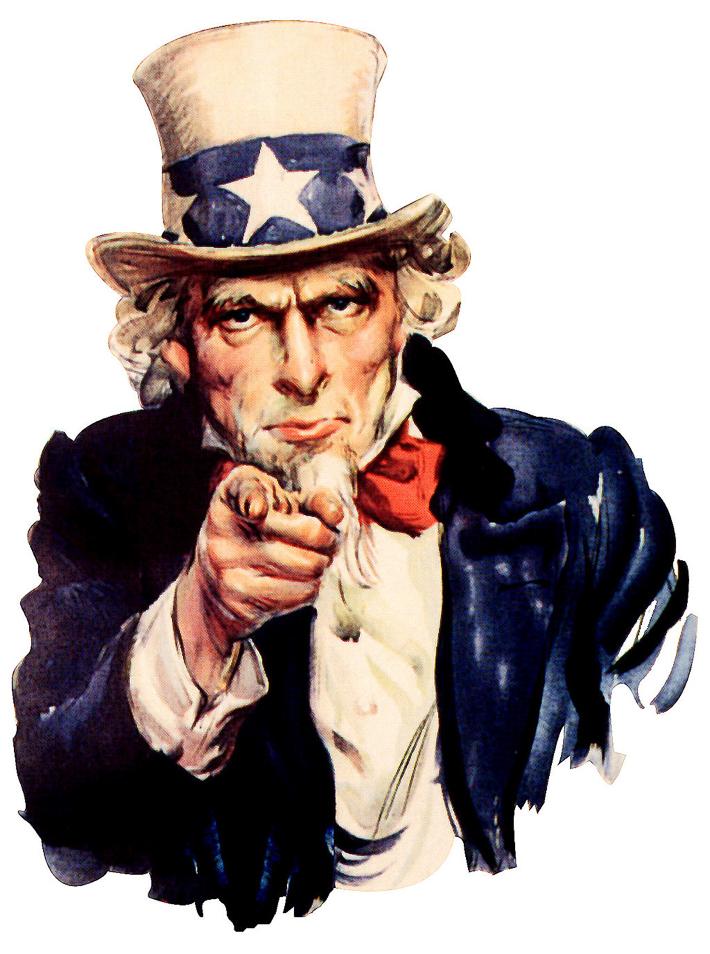By James Irwin
The assassination of Austro-Hungarian Archduke Franz Ferdinand by Bosnian Serb Gavrilo Princip in late June 1914 had one of the strongest ripple effects in modern history, setting off a series of war declarations across Europe and plunging the world into one of its deadliest conflicts.
World War I, however, didn’t officially begin until a month after Ferdinand’s assassination, and though tensions were high, the fight wasn’t inevitable, according to Ronald Spector, professor of history and international affairs.
George Washington Today sat down with Dr. Spector to discuss the assassination, the path to war and the new Europe it created.
Q: What was the mood in Europe in the summer of 1914, right around the time of the assassination?
A: At the time, things actually seemed to be getting better. The Moroccan Crisis had been settled, the French and Germans had concluded an agreement about the Rhine River, and at the time of the assassination the German Navy was hosting the British Navy at Kiel Week, which is a huge bash with yacht and boat races. Of course, there were certain structural causes present, including the rise of nationalism in the Balkans, the alliance systems and the long-term arms race in naval and land weapons. But these things were in the background. It didn’t seem, in the summer of 1914, that there was much worry about a global war. The French and British newspapers, even for several weeks after the assassination, referred to it as “the Balkan crisis.” They didn’t think this would be a worldwide conflict.
Q: What role did alliances play in setting the table for war throughout Europe?
A: The alliance system and the military preparations of world powers in the years before Ferdinand’s assassination played a large role in setting the stage for escalation. The arms race was sort of like the nuclear competition between the United States and Soviet Union in the 1950s and ’60s in that you wanted to know if the other side was about to attack you so you could attack first. The timing of mobilization was very important—you wanted to start your mobilization in time to forestall the opposing army. The Germans, for example, were especially worried about the Russians modernizing their forces. Still, war wasn’t necessarily inevitable. Countries weren’t always true to their alliance responsibilities—the best-known example was Italy, which was involved in an alliance with Austria-Hungary and Germany but didn’t enter the war on the side of the Triple Alliance and later fought on the side of the Triple Entente as an ally of Britain, France and Russia. And it wasn’t clear that Britain was bound to enter the war, even though it had understandings with France.
Q: If war wasn’t guaranteed to happen, what triggered it?
A: A lot of it had to do with who the key actors were in positions of power at the time of the assassination. If Franz Ferdinand hadn’t been assassinated—if it had been someone else—then Austria-Hungary would almost certainly not have gone to war because he was the head of the faction that wanted to avoid war. If Sir Edward Grey hadn’t been the foreign secretary in Britain, then Britain might not have necessarily entered the conflict. If German Kaiser Wilhelm II hadn’t been the flaky person he was, then the Germans may have made different decisions. But the first declarations of war were made, and the countries began mobilizing. It’s a combination of these unfortunate coincidences that took place in the summer of 1914—military preparations, the alliances, the people in power—that led us to war.
Q: How did technology and military preparations prior to the war affect combat on the battlefield?
A: It seemed to be the lessons of the wars of the late 19th century that very large armies were required to win, and for this you had to mobilize a good part of the eligible population, so there were elaborate reserve systems in each country. It meant the armies that fought in World War I were much larger. At the same time, the lethality of weapons had been steadily increasing—motorized transport, the machine gun, improved range of artillery—so the casualties were higher. The power of the defense also had increased to the extent that nobody quite understood, leading to stalemated trench warfare on the Western Front.
Q: The war paved the way for several major political changes and revolutions—it basically redrew the map of Europe. In what ways did the war and these changes lead to further unrest in Europe in the 1920s and ’30s?
A: The war destroyed multinational empires that had ruled Europe for a long time—it broke up the Austro-Hungarian empire, the German empire lost a lot of territory, the Turkish empire ceased to exist. In their place you had all these new states, many of which felt they had claims to other territories. Nationalism was much more self-conscious and assertive. And you had the aggrieved parties that felt they hadn’t gotten a fair shake after World War I. Of course, the Germans and Austrians felt that way but also some of the winners—the Italians and some of the Balkan countries—felt they hadn’t achieved enough in the war.
Q: If people are interested in learning more about this topic, what are some of the best resources at their disposal in D.C.?
A: The papers of many prominent Americans are in the Library of Congress, including those of President Woodrow Wilson and Secretary of War Newton D. Baker and other important American World War I personalities. The National Archives have, by far, the largest number of records of the federal government related to World War I, including the armed forces, the State Department and the Treasury. The Naval History and Heritage Command has a lot of records related to World War I. If you want to see some weapons, there’s the Air and Space Museum and the Navy Museum, which is located in a building that was a gun factory during World War I.


